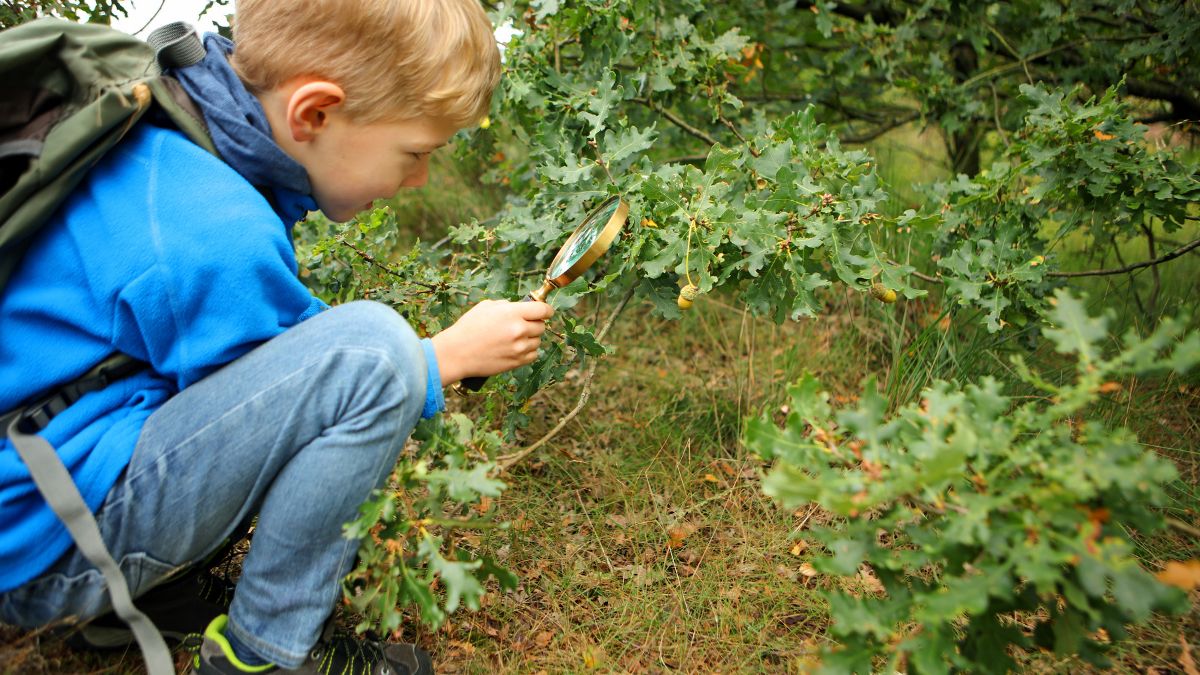Part 1: Why & What To Pack
Children and adults alike have logged record screen time over the last fifteen months. As families spend more work, school, social, and leisure time on their devices, terms like “screen exhaustion” and “digital fatigue” become increasingly familiar. With few alternatives available, many families have found it challenging to find a balance between on- and off-screen activities.
Now, more than ever, it’s important to make a conscious effort to spend time in nature. Outdoor play helps both children and adults reduce anxiety, release tension, and develop a sense of belonging. It provides endless opportunities for creative discovery and has countless benefits for a child’s cognitive, social, emotional, and physical development.
From science to art, and math to language, children are more likely to recall discoveries made in engaging, memorable environments. A child is more likely to remember the difference between maple, pine, and oak trees when they are seeing, touching, and smelling them. They are more likely to feel connected to their artwork when they are drawing inspiration from their environment. They will more readily recall observations about gravity and physics when they witness them in real life. While in nature, children are constantly making observations, developing theories, and testing ideas.

The Nature Backpack
Packing the right supplies can turn your family’s outdoor playtime into a one-of-a-kind adventure. There are lots of materials you can bring that will help both you and your child experience nature in new ways.
Over the next few weeks, we’ll be sharing details about how each of these materials can transform your nature walk. Until then, here is a sneak peek at our Nature Backpack suggestions:
● Open-Ended Tools
● Contact Paper
● Colour Wheel
● DIY Nature Journal
● Books & Reading Nook Materials
Of course, don’t forget to pack water, snacks, sunscreen, and a first aid kit!
Tips For Nature Play
While these items are great suggestions, treat them as a jumping-off point! When packing your Nature Backpack, follow your child’s lead. Think of your family members as play partners and work together to pack the ultimate adventure kit.
While you are exploring your local community park, trail, or even your own backyard, listen for your child’s questions or observations. Use these as your cue for guiding the exploration. Engage your child in conversation about what they are seeing, noticing, and experiencing. Ask open-ended questions and make “I wonder…” statements.
Remember, a productive learning environment is not one where we know all the answers, but where people can engage in learning together!
The Backpack Series Continued
Stay tuned for Part 2: Open-Ended Tools
________________________________________
Jessie Collins, OCT
Education Specialist, London Children’s Museum
Erin Chapman
Teacher Candidate and AFE Placement Student, Western University

